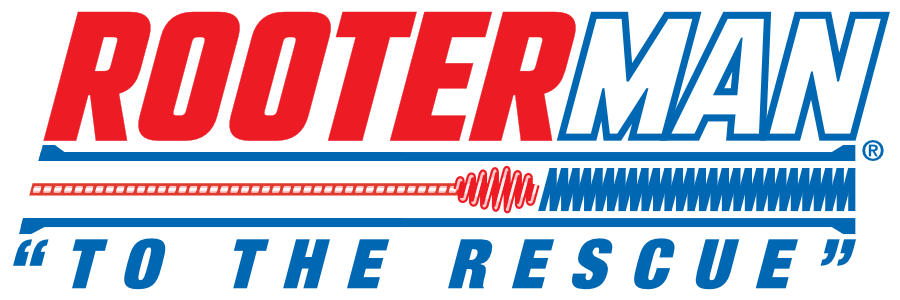How to Get Started on Wallpaper Removal
Removing wallpaper can be a daunting task, but with the right tools and techniques, it can be accomplished efficiently and effectively. Whether you’re looking to update the walls in your home in Fort Worth, Texas, or you’re a retail industry professional seeking to offer wallpaper removal services, knowing where to start and how to tackle the project is crucial for successful results. In this guide, we will provide you with a comprehensive overview of the wallpaper removal process, including preparation, tools needed, and step-by-step instructions to make the job easier. By the end of this article, you’ll have the confidence and knowledge to tackle any wallpaper removal project with ease.
Proper Wallpaper Removal Techniques
Before diving into the wallpaper removal process, it’s important to understand why using the proper techniques is crucial. Improper removal can lead to damage to the wall surface, prolong the project, and even result in costly repairs. By taking the time to learn the correct methods and invest in the right tools, you can save time and money in the long run. Additionally, by knowing the wallpaper removal process, you can ensure that the surface is adequately prepared for any future wall treatments, such as paint or new wallpaper.
Preparing for Wallpaper Removal
The first step in any wallpaper removal project is to prepare the workspace. This involves clearing the area of furniture and other objects, covering the floors with a drop cloth or protective material, and ensuring that all necessary tools and supplies are readily available. In addition, it’s essential to inspect the wallpaper to determine whether it was properly installed, as well as to identify any potential challenges, such as multiple layers of wallpaper or stubborn adhesive.
Tools and Supplies for Wallpaper Removal
Having the right tools and supplies is key to a successful wallpaper removal project. Some essential items that you’ll need include a wallpaper scorer, a putty knife or scraper, a spray bottle or garden sprayer, wallpaper removal solution or a mixture of water and vinegar, and a steamer for particularly stubborn wallpaper. Additionally, having protective gear such as gloves and safety glasses is important to ensure your safety throughout the removal process.
Step-by-Step Wallpaper Removal Process
Once the preparation is complete and you have all the necessary tools and supplies, it’s time to begin the wallpaper removal process. Here’s a step-by-step guide to help you navigate through the removal process:
Step 1: Score the Wallpaper
Using a wallpaper scorer, make small punctures in the wallpaper to allow the removal solution to penetrate and loosen the adhesive.
Step 2: Apply the Removal Solution
Spray the wallpaper removal solution or water and vinegar mixture onto the scored wallpaper, ensuring thorough coverage.
Step 3: Allow Time for Solution to Penetrate
Give the removal solution some time to work its magic, typically 15-20 minutes, to soften the wallpaper and adhesive.
Step 4: Begin Removal
Starting at a corner or along a seam, use a putty knife or scraper to gently lift the wallpaper. Work systematically, being careful not to damage the wall surface underneath.
Step 5: Steam Treatment (if needed)
For particularly stubborn wallpaper, use a steamer to apply heat and further loosen the adhesive, making removal easier.
Step 6: Clean and Prepare the Wall
Once the wallpaper is removed, use a clean sponge and warm water to wipe down the wall, removing any remaining adhesive residue. Allow the wall to dry thoroughly before proceeding with any new treatments.
Concluding perspectives
Wallpaper removal can be a manageable project with the right approach and tools. By following the proper techniques and taking the time to prepare the workspace, you can ensure a smooth and successful removal process. Whether you’re a homeowner looking to update your walls or a retail industry professional offering wallpaper removal services, knowing the importance of proper removal techniques and following a step-by-step process can lead to satisfying results and a fresh canvas for new wall treatments.







